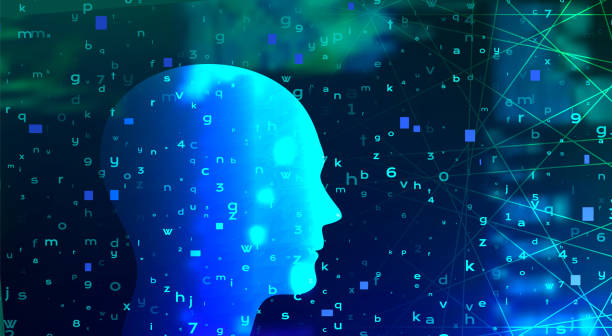How artificial intelligence is integrated into image processing and enhancement has captured and shifted the way we look at and use images from different industries. Different sectors like healthcare, social media, and e-commerce are integrating digital imagery, which requires advanced features for processing images, including the new innovation known as cloth off technology.
Workflows and outcomes have been changed by the ability of AI algorithms to analyze large datasets, learn from patterns, and make decisions in real time. The implementation of AI in these sectors increases the productivity and quality of the images we encounter in our daily lives. In this thorough exploration, we delve into various aspects of AI in image processing, from its basic benefits to its astonishing applications, such as cloth off tools and the obstacles it encounters.

Understanding Image Processing
The term image processing refers to actions taken to improve and modify images. It includes a variety of tasks including, but not limited to, image restoration, image feature extraction, and image representation. This field is very important in industries where visual information is heavily relied upon, such as medical imaging and security. Proper image processing allows the data contained within photographs, scans, or videos to be processed and analyzed. In addition, high-quality imagery greatly impacts overall decisions and user interactions. The integration of AI into image processing has created limitless possibilities for efficiency and creativity.
Traditional vs. AI-Driven Image Processing
Classic image processing techniques heavily depend on manual methods such as a variety of image filters and proper adjustments. Although these methods yield acceptable outcomes, they are often very laborious and require a lot of skill. With the introduction of AI, automation has transformed image processing, as machines are now equipped with advanced predictive models that learn from big data files. It is now easier to manage large quantities of images, which lessens the turnaround time and improves quality. We are going to provide an analysis that illustrates the benefits of employing AI in image processing.
| Aspect | Traditional Image Processing | AI-Driven Image Processing |
|---|---|---|
| Speed | Slower, requires manual intervention | Faster, automated processing |
| Quality | Quality varies based on user skill | Consistently higher quality with advanced algorithms |
| Scalability | Difficult to scale | Highly scalable with cloud computing capabilities |
Applications of AI in Image Enhancement
From high-end video processing to exceptional image creation, the applications of AI in enhancing visuals are exceptionally broad and impactful in every form of art. Here are a few example applications:
- Image Super-Resolution: AI methodologies are best known for detailed upscaling of images and, therefore, are the best technologies in use for photography, printing, and media industries.
- Noise Reduction: AI-enhanced visuals cut down on noise to maximally enhance clarity for exceptionally low-light images, drastically increasing photo quality.
- Automated Image Tagging: Businesses and users now have an easy way to organize visuals, thanks to machine learning systems that automatically tag and sort images.

Challenges in AI Image Processing
AI image processing brings with it a suite of challenges despite its advantages. The quantity and quality of training data is a primary example of how directly an AI model’s efficiency can be impacted. Inaccurate results from insufficient datasets can be troublesome, especially within sensitive fields like healthcare. Moreover, the incorporation of AI technologies raises ethical dilemmas regarding privacy invasion and biased algorithms that can lead to prejudice, which only adds to the complications. Addressing these issues is vital for the responsible use of AI in this evolving field.
Conclusion
The role of artificial intelligence in image processing and enhancement is significant at all levels, and further advancements are expected in the near future. The tools and techniques surrounding image enhancement will be optimized with the growth of AI, resulting in higher quality output, improved efficiency, and optimal user interaction. Nevertheless, achieving ultimate results from AI techniques in image processing will require further technological research and ethical scrutiny. The combination of human artistry and artificial intelligence will transform the boundaries of modern visual storytelling and depiction.
Frequently Asked Questions
- What is AI in image processing? It is the branch of AI that incorporates machine learning and deep learning to analyze, improve, and transform images far beyond traditional capabilities.
- How does AI improve image quality? AI enhances image quality through super-resolution, noise reduction, and improved color and detail, which ultimately leads to clearer and more appealing images.
- What are some common applications of AI in image processing? Some of the most popular include automated tagging, image editing, medical imaging, computer vision, and surveillance.
- What are the challenges associated with AI in image processing? Some of the difficulties include data quality and quantity, ethical concerns, algorithm biases, and the immense computational power required.
- Will AI replace traditional methods of image processing? While AI technology is transforming and improving image processing, traditional methods remain relevant, especially in niche applications where human skill and expertise are necessary.